Calathea plants are considered ornamental plants because of their stunning patterned, colorful foliage. However, Calatheas are somewhat fuzzy when caring. Slight negligence can make these gorgeous bounties unhappy, resulting in a change in leaves’ behavior and movements for which they are famous. Calathea plants are nyctinastic plants which means the leaf blades open to a horizontal position during the day to absorb maximum light, whereas they fold up at night. Some people also refer to the Calathea as the Prayer plant, which is incorrect as Prayer Plant is the common name for Maranta Leuconeura.
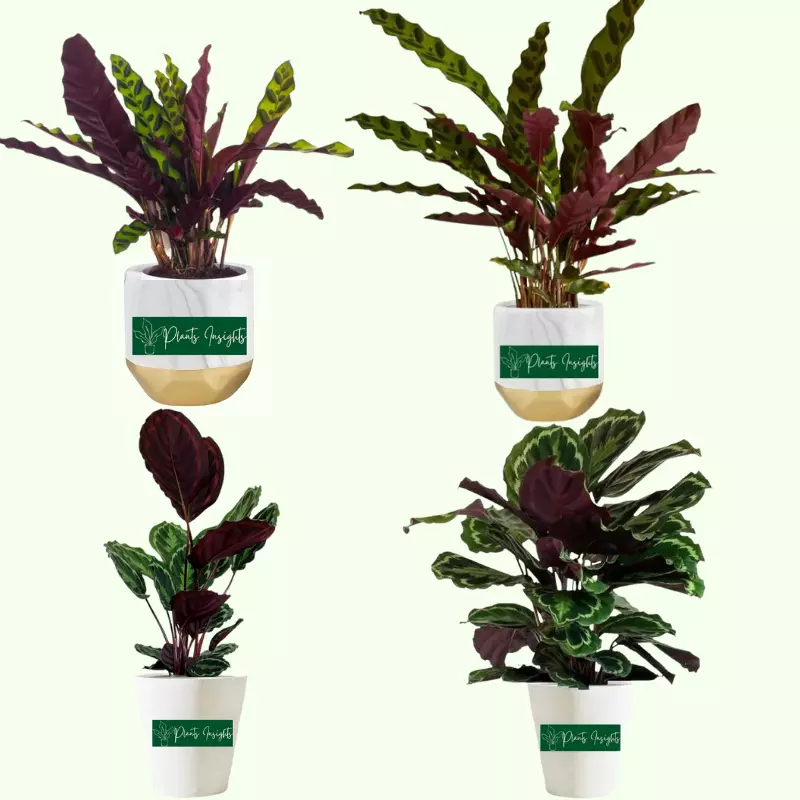
However, you may notice a change in the behavior of your Calathea leaves, and you observe that the leaves haven’t moved since you brought the plant home. The question is, why are they not responding to photos periodically day and night? Especially at night, they should fold their leaves a little bit. Let’s find out why your gorgeous happy Calathea is not moving its leaves.
Prominent Family Members: Calathea White Star, Calathea Leopardina, Calathea Fasciata, Calathea Roseopicta, Calathea Flamestar, Calathea Lutea, Calathea Freddie
Essential Products:
Does all Calatheas Close at Night?
Whatever kind of Calathea you are having in your home, it shows some movement of the leaves, even if it’s a small plant. However, Certain varieties move their leaves more strongly than other Calathea varieties. If you have several Calatheas, they’ll be moving their leaves in different ways and at different speeds. It is expected, so there is no need to worry about it. If you noticed even a tiny bit of movement in Calathea leaves, all is well!

Why is My Calathea Not Closing at Night?
Sometimes Calathea lovers encounter that their Calathea Plant Leaves Not Closing at Night. There could be several reasons for your Calathea to be not closing at night.
Light Issue
Calatheas spread their leaves throughout the day and fold up at night. However, if you don’t notice this kind of movement in leaves and the plant seems well-maintained, the reason could be that your plant is exposed to more than the required light.
Calathea plants hail from tropical rain forests where nights are too dark, whereas, during the daytime, smaller plants like Calatheas and Marantas get diffused sunlight because of tall trees canopies. Being exposed to excessive light over a long period can cause the Calathea plant to stop moving its leaves due to the disturbance of the diurnal cycle. Please change the spot of the plant where it will get diffused light during the day and dark night’s sleep, and the leaves will start moving again.
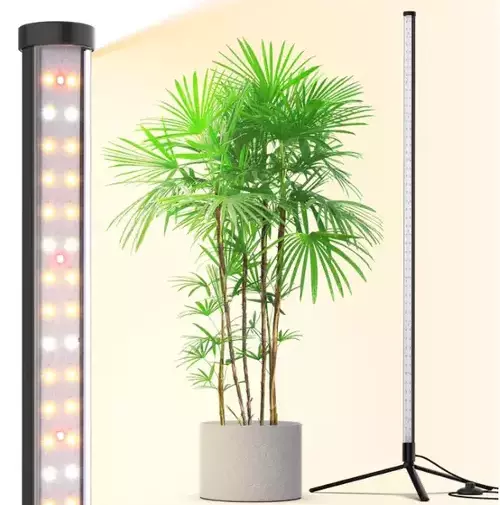
If the plant is in good health and has only new leaves moving while the old ones are not, don’t worry about it. Older leaves will eventually die, and you shall prune them off.
What Else Can Cause Calathea not to Move its Leaves?
There are many other reasons that can cause this problem , if your Calathea leaves are unable to close at night despite being housed in perfect light conditions. Unusual behavior of leaves is normally the first sign of trouble, and your plant’s condition is likely to worsen or has already begun to look shabby.
Regularly checking your plants for pests and problems is essential to keep your plant healthy. Here are some possible reasons why the Calathea plants aren’t moving at night.
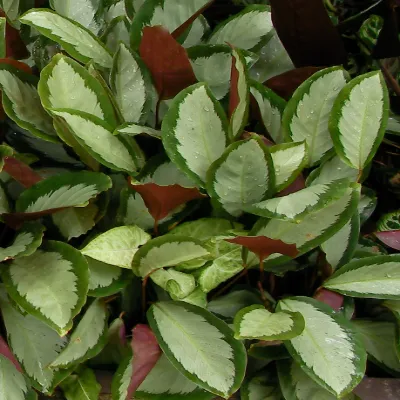

Underwatering
The Calathea plant may stop moving its leaves if it isn’t receiving sufficient water supply. Dehydration in plants activates the defense mechanism, and Calathea leaves curl up to retain maximum moisture in the leaves. These scenarios can impair the normal nyctinastic movement of the foliage.
Therefore, please ensure to regularly check the soil moisture level at around two inches depth by inserting a finger or using a soil moisture meter. If the soil is also dry at 2 inches deep, water the plant deeply, and Calathea will soon start the foliage movement after recovering from the dehydrated condition.


Overwatering Issue
Calathea plants are moist soil lovers, but they hate overwatering. Usually, the Calathea plant requires water once a week; however, the frequency largely depends on your indoor climatic conditions and pot configuration. Therefore, the best practice is to water the Calathea when potting soil is dry up to two inches deep.
Frequent watering makes soil soggy, and roots can’t breathe well in water. As a result, plant leaves start wilting, drooping, and changing color to yellow. Moreover, roots in saturated soil have a chance to develop root rot resulting in plants suffering from fungal diseases and will not move their leaves anymore.
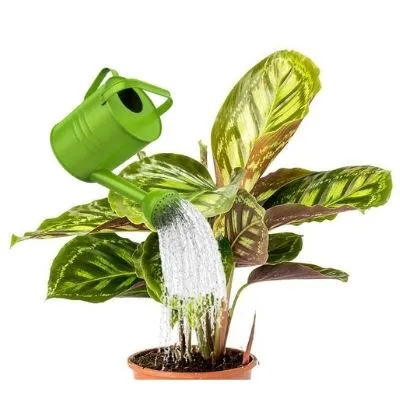

Pests Issue
Pest infection might be another reason for Calathea to stop moving its leaves. Pests feed on the fluid present in the leaves known as “sap.” These bugs damage the leaves by sucking the sap, and the leaves’ turgidity decreases, and they stop moving.
Moreover, spider mites and aphids attack the joints of the leaves and stems, damaging Calathea’s parts responsible for the leaf’s movement. Please examine the plant using a magnifying glass with an orange light since spider mites are tiny and difficult to spot.
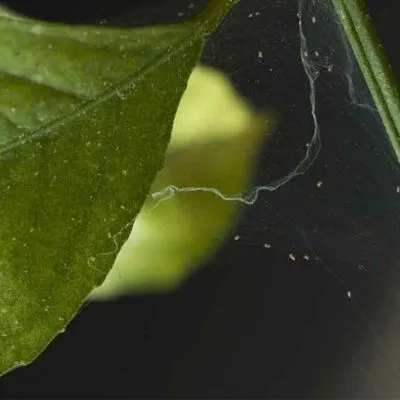
The pests shall be dealt with immediately because the transition from a minor to a massive infestation can happen quickly within a couple of days. Spider mites resemble tiny dots moving across the leaf’s lower surface and the stem and can be red, black, or brow. You’ll also notice the easily visible distinctive webbing as the mites multiply. Webbing is usually present where the stem and the leaf meet.
The pests, if untreated, can even kill your Calathea plant, so identifying and removing them as soon as is essential. They could spread to other houseplants quite quickly and, therefore, can turn into an absolute nightmare. You may use neem oil, a natural insecticide that helps get rid of pests.
Please apply neem oil with cotton or soft cloth and repeat this process daily until all pests are gone. Insecticidal soap is also a good option; wash the infected part with soap and dry the leaf with a clean cloth. Pests-free healthy plants will show leaf movement perfectly.

Temperature and Humidity issues
High humidity levels and moderately warm temperatures are perfect climatic conditions for Calathea plants. If your plant isn’t receiving the minimum required 50% humidity, it will stop moving the leaves. Prolonged exposure to the cold temperature might also affect the leaf’s movement.
We cannot stress enough

Conclusion
We hope that now you know the real reason behind your Calathea not closing its foliage at night; therefore, please take the necessary action as guided above. You will be able to see the movement coming back within a short time.
